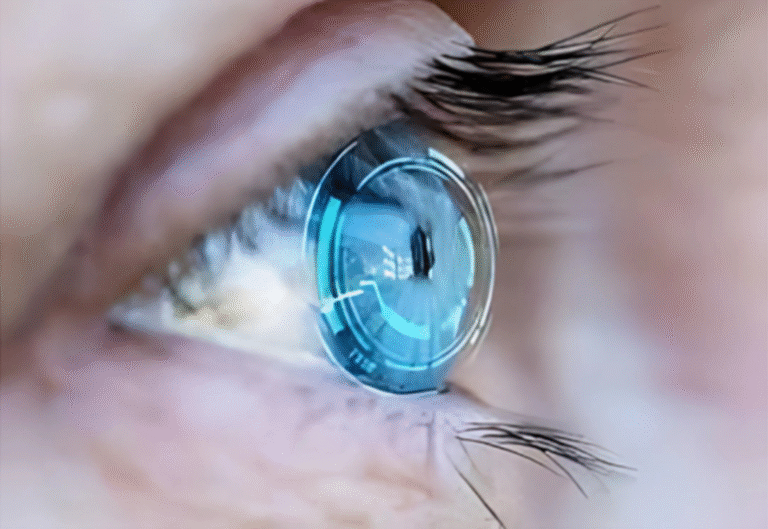👁️ Understanding Glaucoma: The Silent Thief of Sight
What Is Glaucoma?
Glaucoma is often called the “stealth eye disease” because it can damage vision without obvious early symptoms. Many people have heard of glaucoma, but few fully understand it. Raising awareness is essential since this eye condition is becoming increasingly common worldwide.
 Glaucoma occurs when fluid in the eye, known as aqueous humor, does not drain properly. This imbalance causes a rise in intraocular pressure (IOP), which can damage the optic nerve and eventually lead to permanent vision loss if left untreated.
Glaucoma occurs when fluid in the eye, known as aqueous humor, does not drain properly. This imbalance causes a rise in intraocular pressure (IOP), which can damage the optic nerve and eventually lead to permanent vision loss if left untreated.
Types of Glaucoma
There are two main categories of glaucoma:
🔹 Primary Glaucoma
This is the most common type. It occurs when the eye’s natural drainage system fails or becomes blocked.
🔹 Secondary Glaucoma
This form develops due to other eye conditions, injuries, or health issues that increase eye pressure.
 Both types can lead to severe vision loss if not diagnosed and managed early.
Both types can lead to severe vision loss if not diagnosed and managed early.
Why Early Detection Matters
Glaucoma is dangerous because it often develops silently—most people do not notice vision changes until significant damage has already occurred. The best way to protect your sight is through regular comprehensive eye exams.
-
Healthy adults: every 1–2 years
-
At-risk individuals (family history, high eye pressure, diabetes, or age 40+): yearly or as recommended by your eye doctor
Symptoms of Glaucoma
Glaucoma can progress without noticeable signs. However, some people may experience:
-
Blurred vision
-
Loss of side (peripheral) vision
-
Eye pain or pressure
-
Halos around lights
-
Headaches or nausea (in acute cases)
If you notice any of these, seek professional care immediately.
Managing and Preventing Glaucoma
 While glaucoma cannot be cured, it can be effectively managed to protect your vision. Treatments may include:
While glaucoma cannot be cured, it can be effectively managed to protect your vision. Treatments may include:
-
Prescription eye drops to lower eye pressure
-
Laser therapy or surgery in advanced cases
-
Lifestyle habits such as regular exercise, protective eyewear, and a healthy diet
Most importantly, follow your eye doctor’s instructions closely and attend scheduled follow-up visits.
Family Eye Health: A Shared Responsibility
If glaucoma runs in your family, encourage every member to get routine eye exams. Preventive care includes:
-
Knowing your family’s eye health history
-
Scheduling regular checkups
-
Protecting your eyes from injury
-
Monitoring changes in vision
Your Trusted Partner in Eye Care—T&T Eyecare
At T&T Eyecare, we specialize in detecting and managing glaucoma and other severe eye conditions. Our experienced optometrists take the time to understand your needs and provide personalized solutions.
📞 Call us today: +1 (868) 610-2497
💬 WhatsApp: +1 (868) 330-9301
🌐 Website: www.tnteyecare.com
👁️ Have you had your eye exam recently? Don’t wait until it’s too late—book your appointment today and protect your vision for the future.
— Dr. Uzochi Anemene, Optometrist







